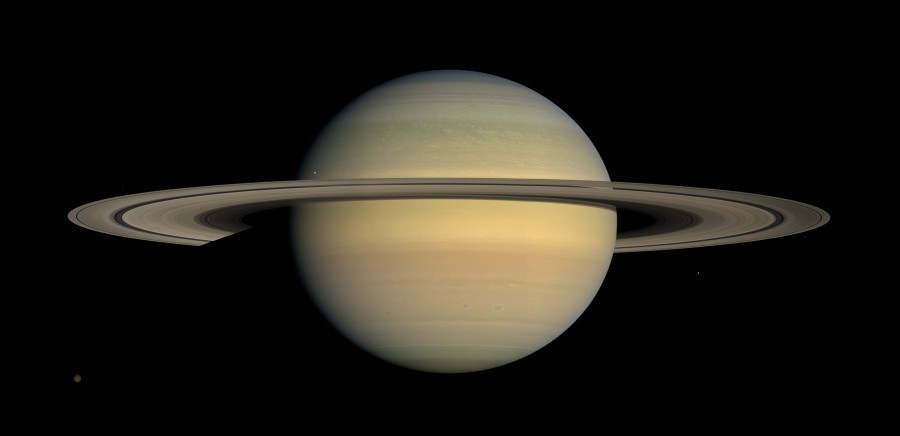Astromers discover planet that dwarfs the rings of Saturn
Beyonce’s rings don’t compare.
Galileo, using his first telescope, discovered the enormous rings of Saturn in the year 1610. Now, more than 400 years later, astronomers have discovered a planet with rings that dwarf those of Saturn. Unlike Galileo, astronomers today have very powerful optical devices with eight cameras each, allowing them to observe the effect the rings have as they pass across nearby star J1407.
These astronomers have found a much larger planet, which they named J1407b, that has rings 200 times the size of Saturn’s. Although massive, this planet lies about 400 light-years away from Earth. If this massive planet were in our solar system, astronomers say that it would dominate the night sky. It would be many times larger and more visible than a full moon.
This solar system’s sun is similar in size to the sun in our solar system. The rings of the planet are so massive that they eclipse the sun’s light every time they pass it. With the huge size of the rings, the eclipse the astronomers observed lasted 56 days. But, because of the varying densities of different sections of the rings, a small amount of light was able to permeate the enormous rings throughout the eclipse. Astronomers also observed that there seemed to be a series of small moons that cut clean orbits through the debris, just like the moons around Saturn. Saturn has around 60 moons in its orbit formed from debris in its rings. Like its rings, the planet J1407b itself is also much larger than the body of Saturn. It is called a brown dwarf, a size classification somewhere between a planet and a star. Brown dwarf planets are hot but do not explode into nuclear fusion the way that stars do and, in turn, do not give off any light. Astronomers are going to continue observing star J1407 and planet J1407b to report any new eclipses that occur and record the results.
Sources:
http://www.cnn.com/2015/01/28/tech/giant-planetary-ring-system/index.html










